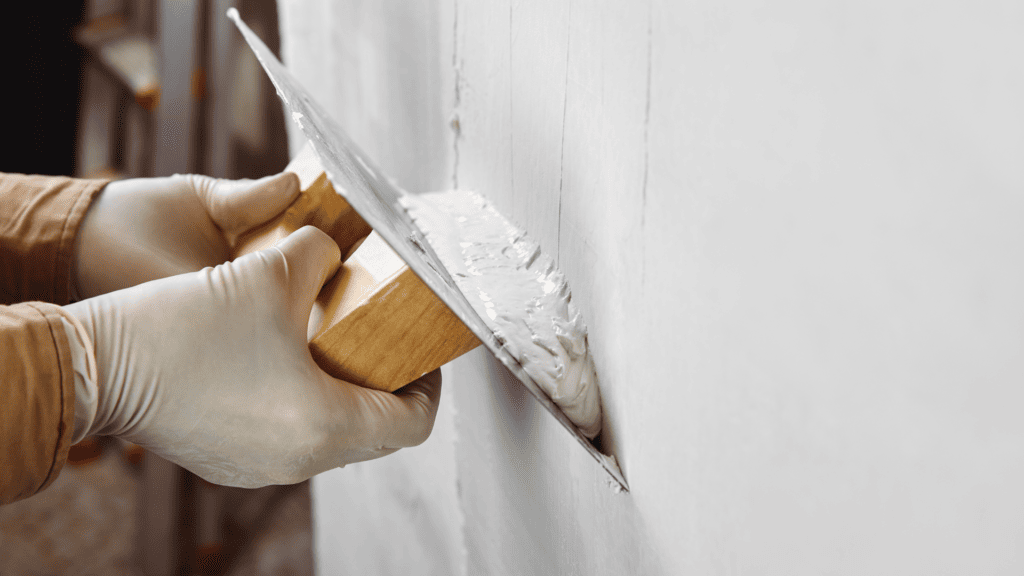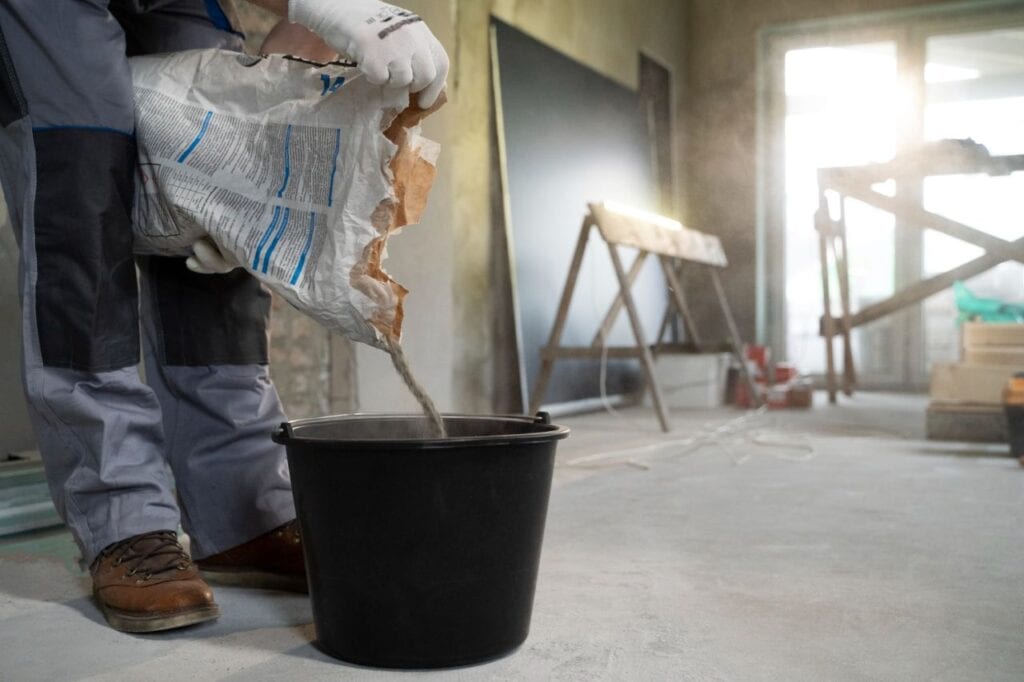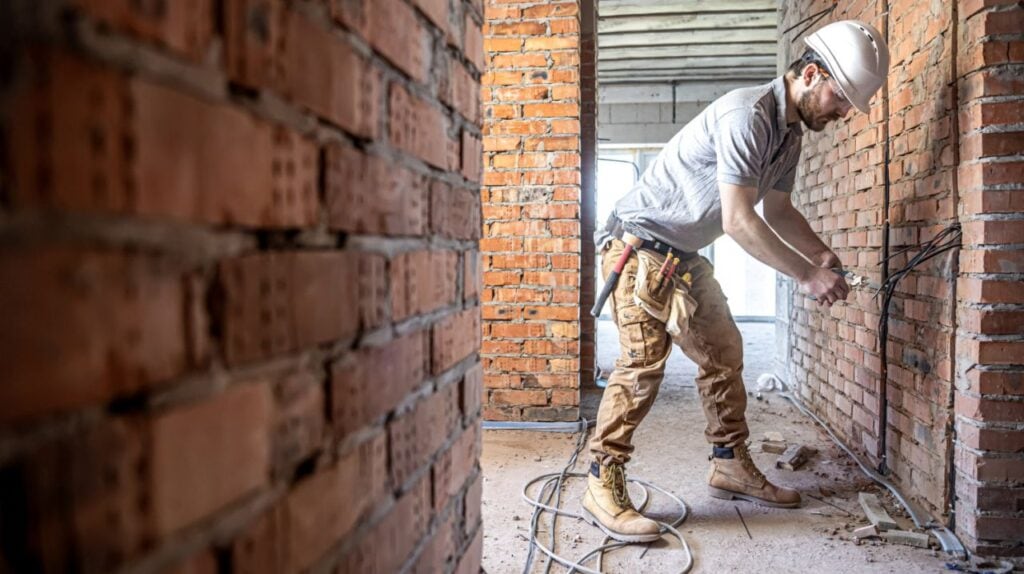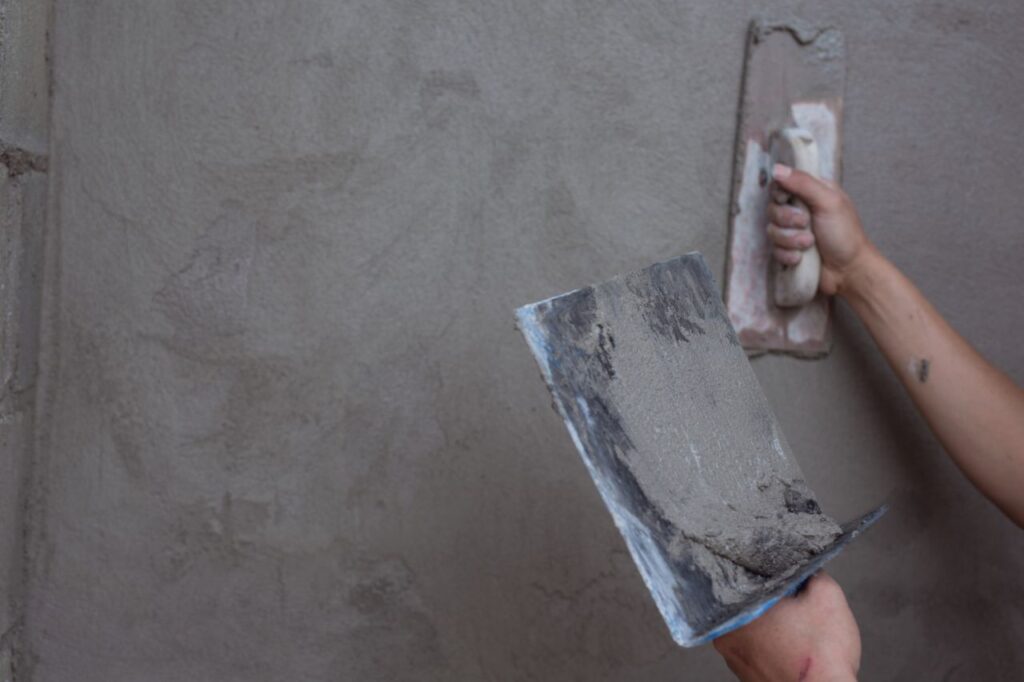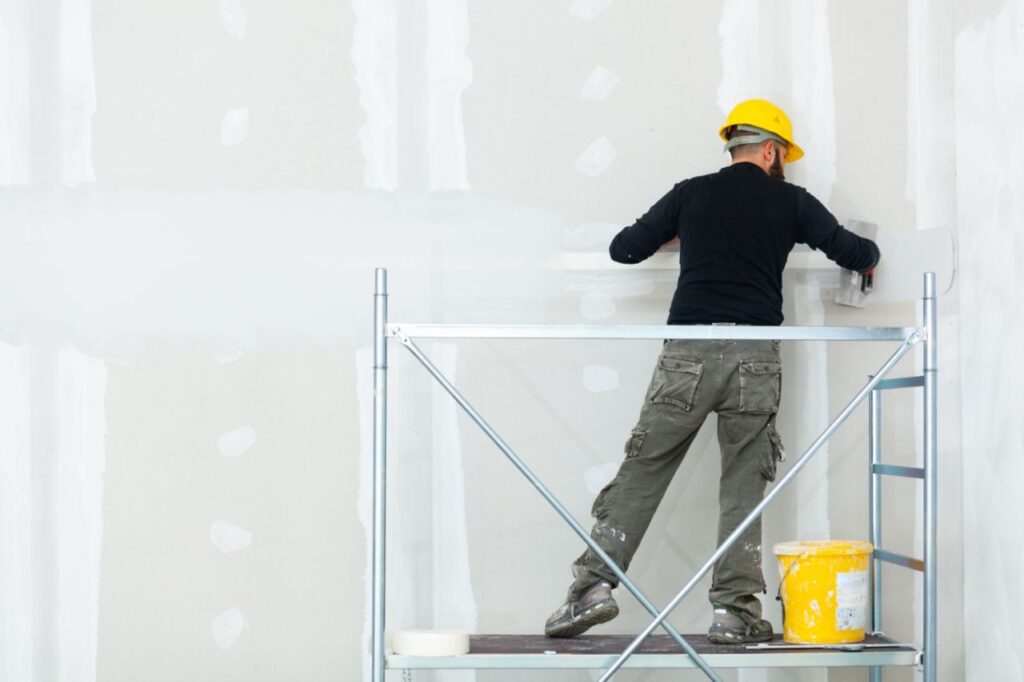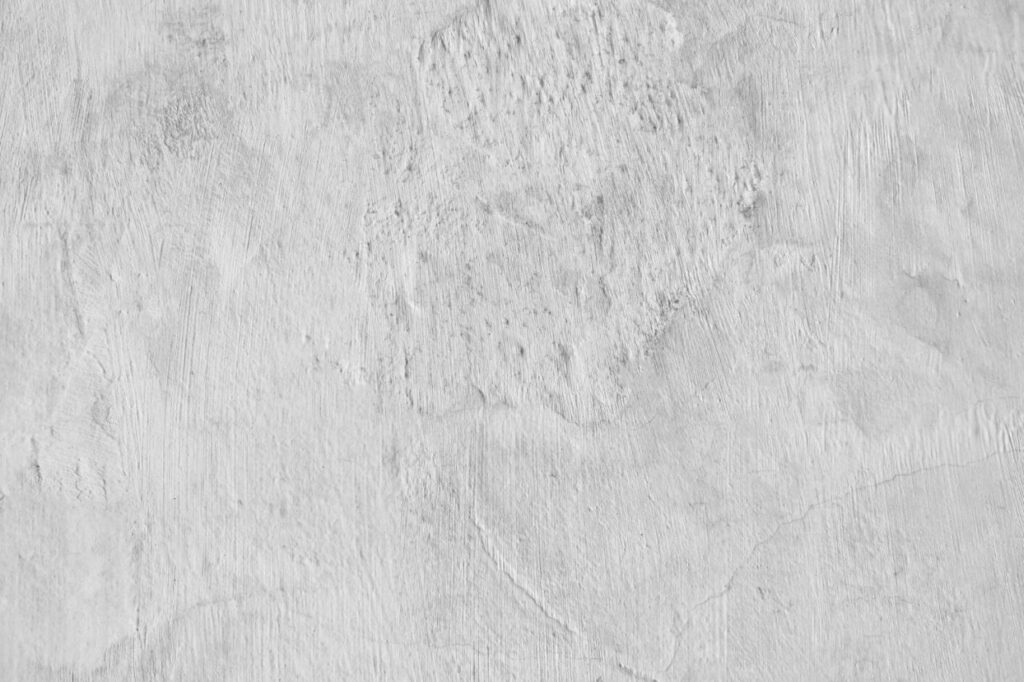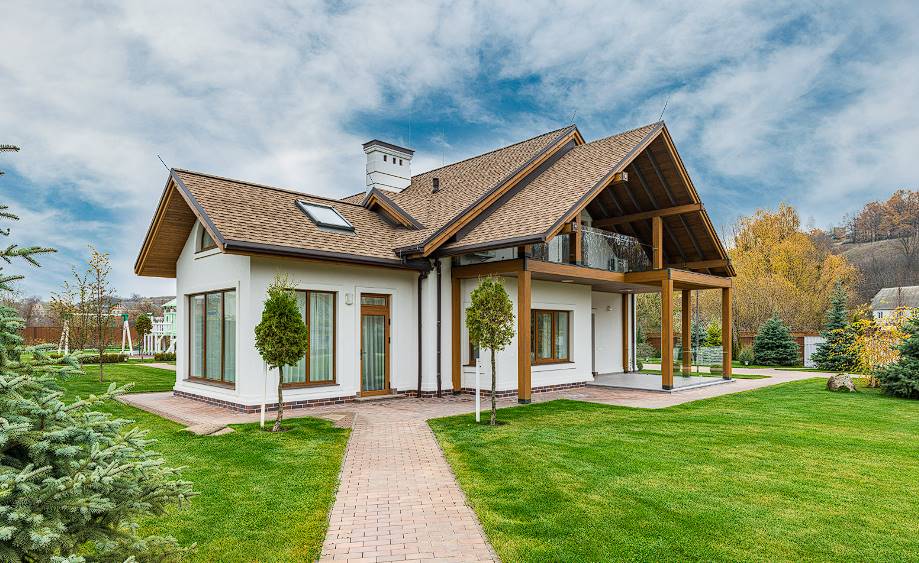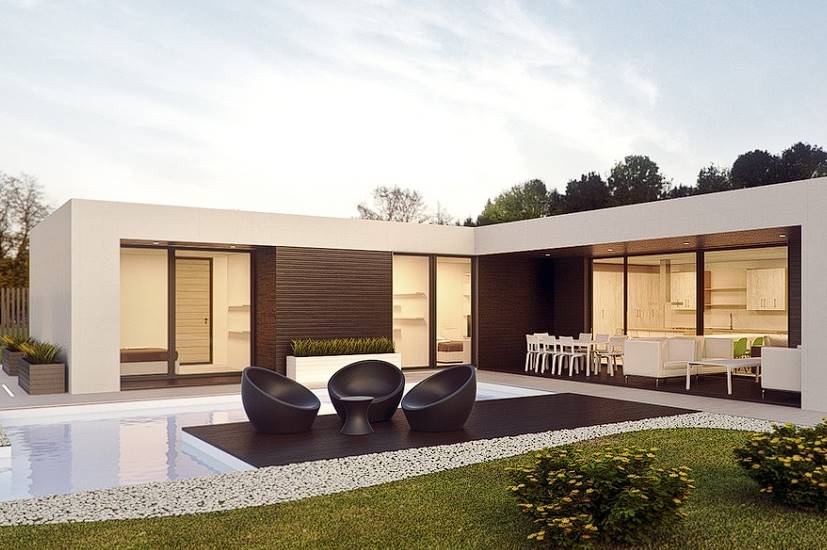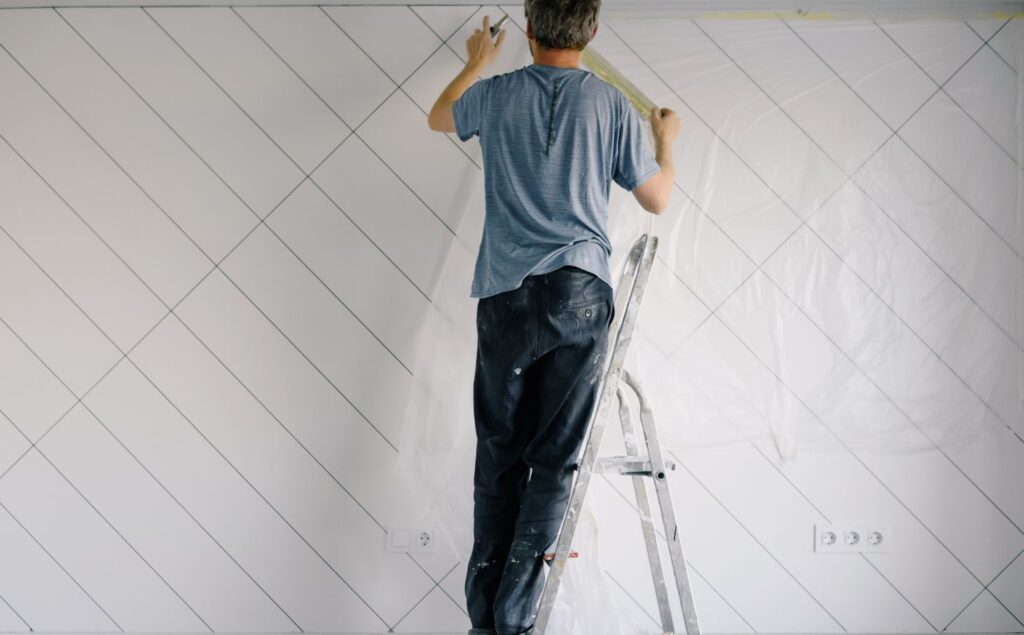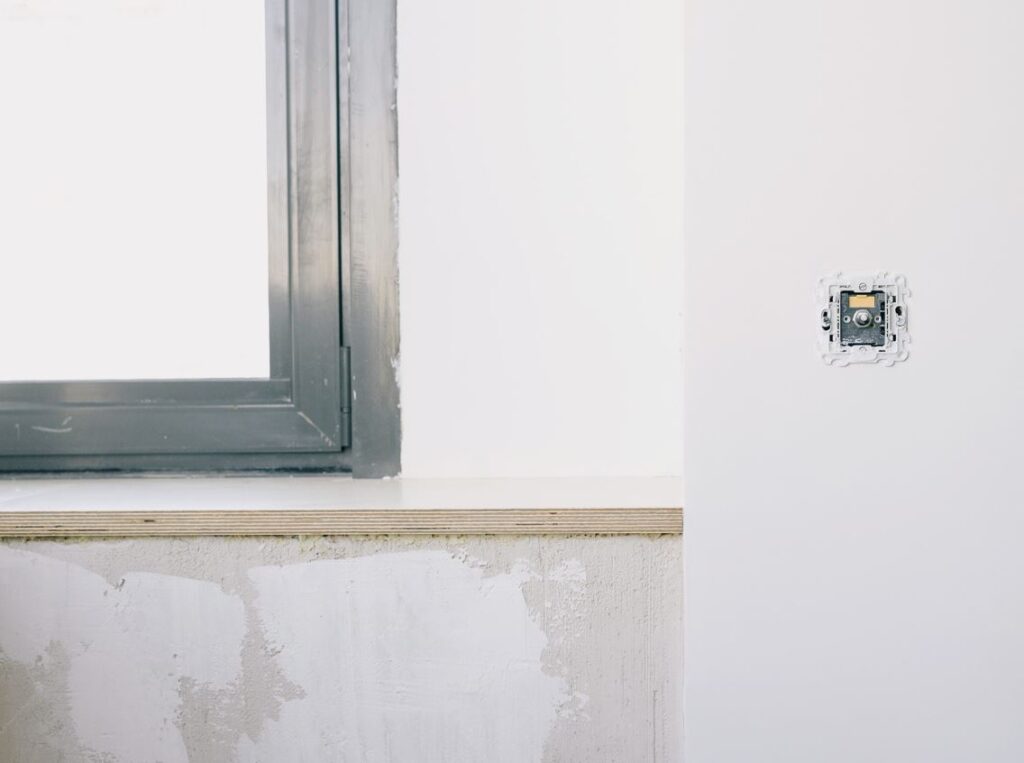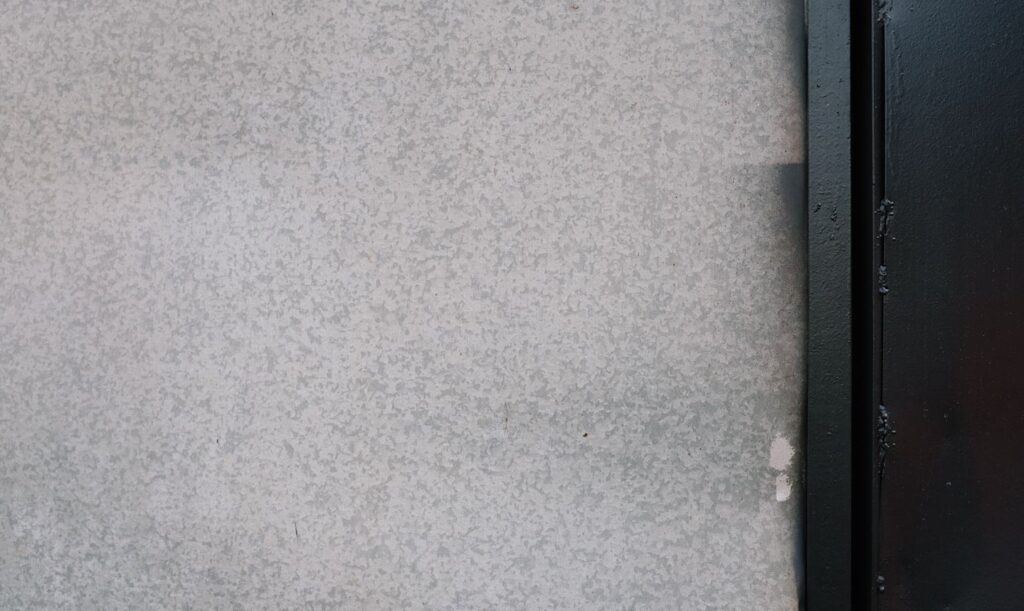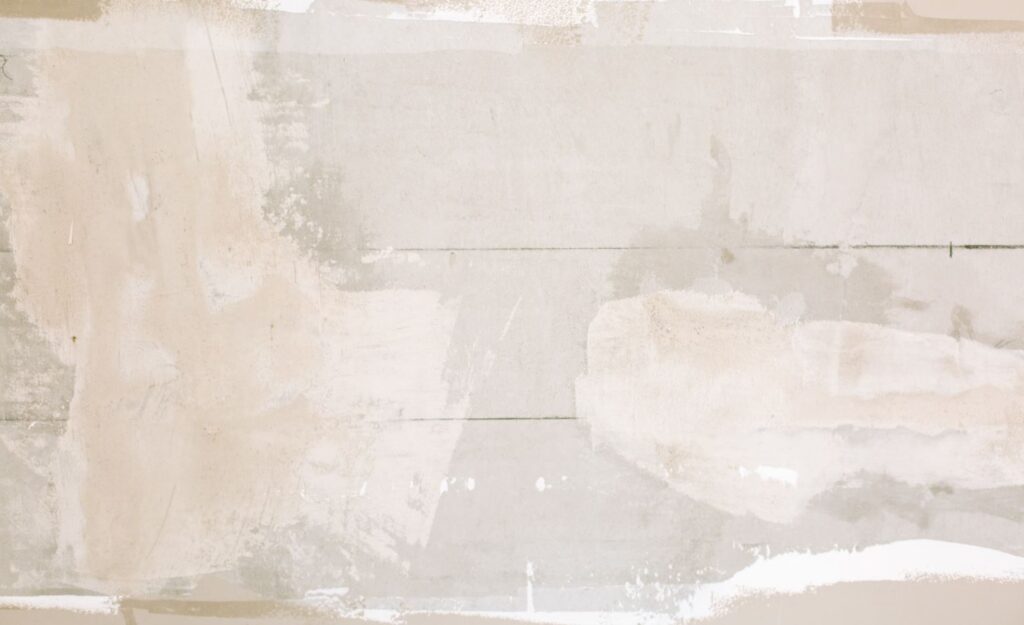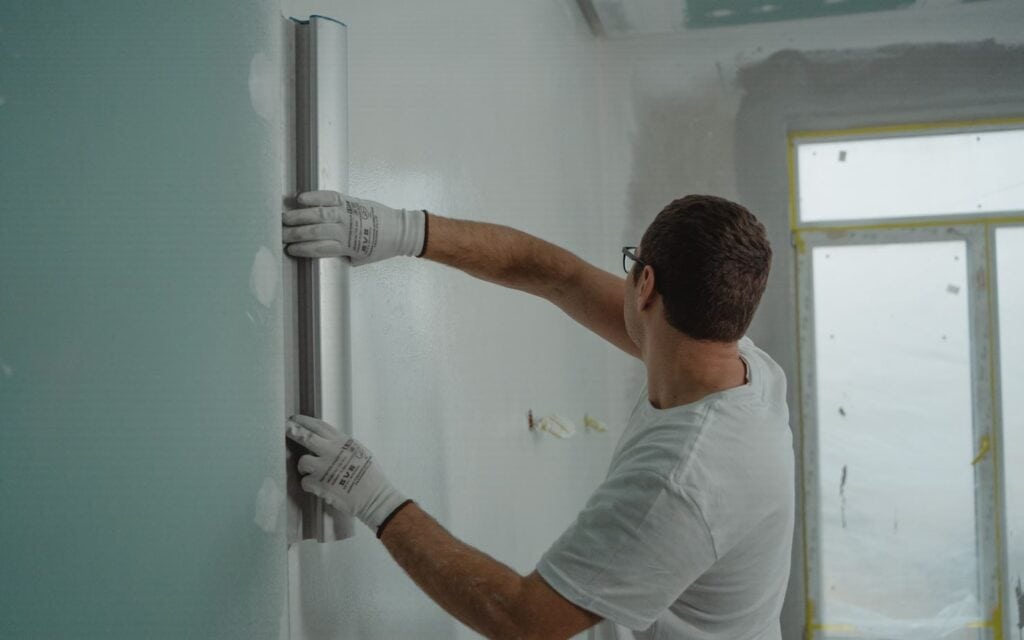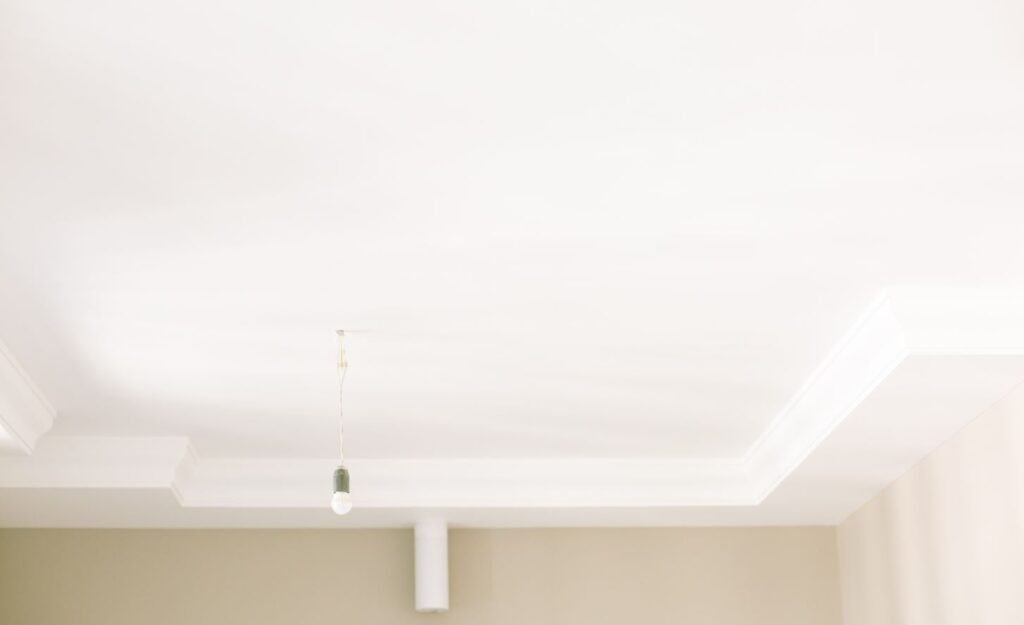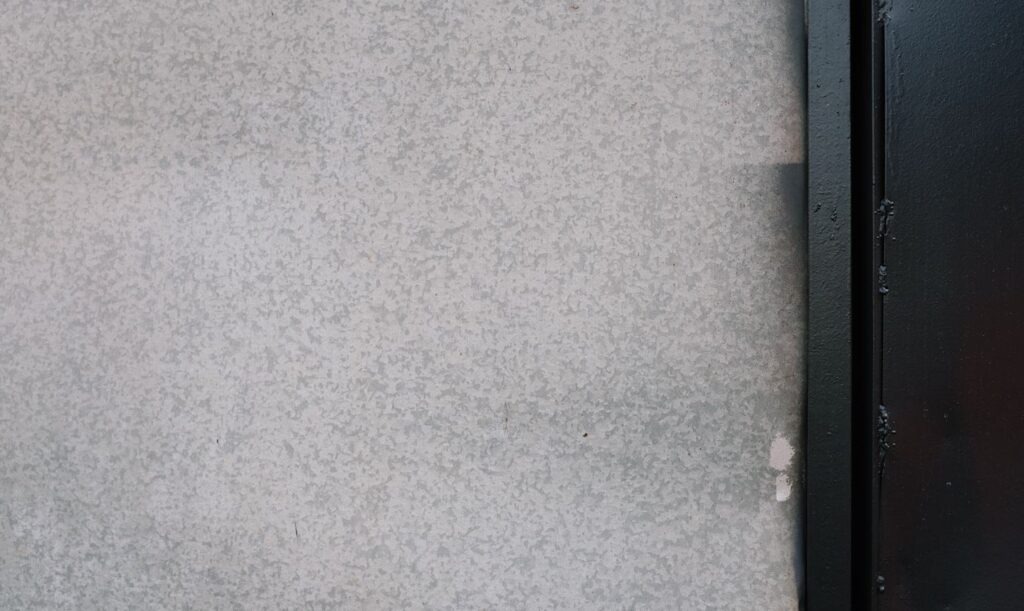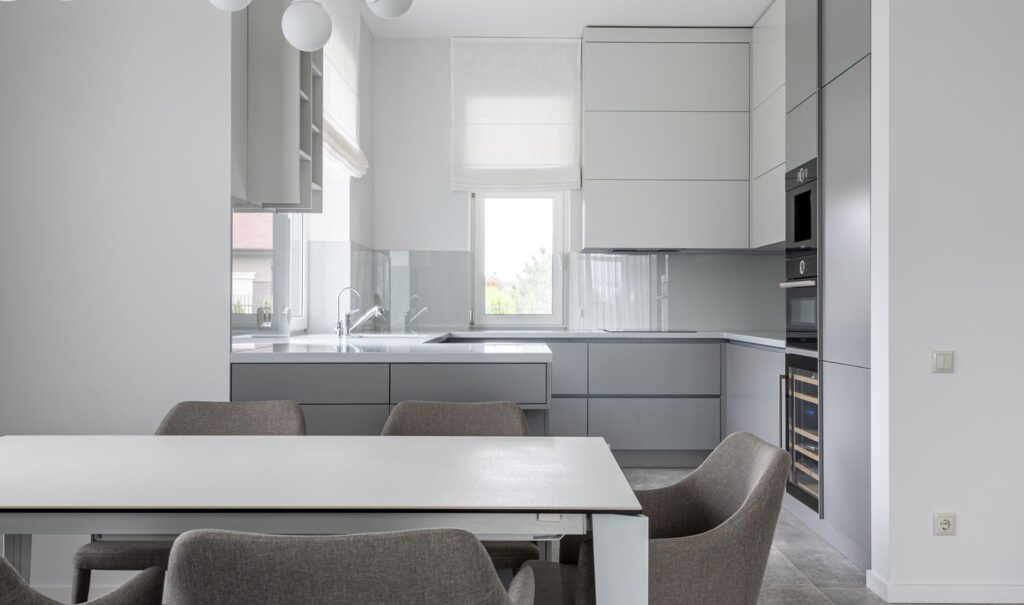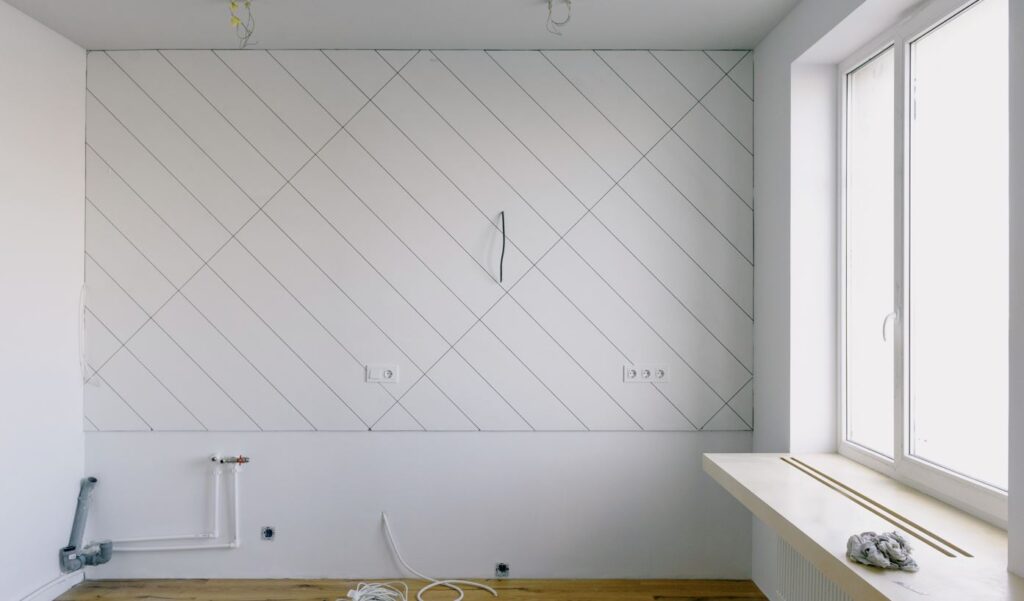The use of Venetian plaster is an option to think about. To add a touch of class to your home's decor. Plastering in the Venetian style is a form of decorative plastering practised in Italy for hundreds of years.
We'll go over the basics of Venetian plastering here, including what it is, how it's made, the different kinds of Venetian plaster, why it's used, and how to apply it.
What Exactly Is The Difference Between Plaster And Venetian Plaster?
Plaster is a catch-all phrase for a wide range of products used to decorate interior walls and ceilings. Plaster is a versatile material that can give walls either a smooth or textured appearance. It is typically made by combining lime, sand, and water.
However, a specific kind of plaster is used in Venetian architecture that is created by mixing slaked lime, marble dust, and water. Multiple thin coats of this mixture are then applied to the walls and polished to create a glossy, smooth finish.
The materials used to make regular plaster and Venetian plaster are the primary distinctions between the two. Plaster is typically made from lime, sand, and water, but Venetian plaster uses marble dust and slaked lime instead. It's this technique that gives Venetian plaster its distinctive texture and shine.
The technique used to apply Venetian plaster also sets it apart from standard plaster. If you want a flat or textured look, Simply put, you need only use one layer of traditional plaster and smooth it out. However, Venetian plaster requires multiple thin layers polished to a glossy finish.
Plaster and Venetian plaster are capable of producing lovely wall finishes, but they are fabricated from distinct materials and applied in distinctive ways. Because of its distinctive texture and shine, Venetian plaster is frequently considered a more upscale and expensive alternative to more common types of plaster.
Types Of Venetian Plaster Finishes
The application of Venetian plaster is only complete with the addition of a beautiful finish. You can choose from some different coatings to customise your product, such as
1. Polished Plaster
Most Venetian plastering is done with polished plaster. It has a polished, marble-like finish. To create it, all you need is marble dust, slaked lime and water. From there, you may add any colour or pattern you like. Polished plaster is a popular option for commercial and residential buildings due to its long lifespan and low maintenance requirements.
2. Textured Plaster
Plastering in the Venetian style can have a textured finish. Its distinct feel comes from the combination of slaked lime and sand used in its production. Plaster with texture can be painted in any colour or pattern to suit your aesthetic needs. Textured plaster is commonly used in high-traffic areas due to its durability and resistance to scratches.
3. Marmorino
The textured finish of armouring is typical of Venetian plastering. Crushed marble, marble dust, and slaked lime are the main ingredients. Due to its longevity and resistance to cracking, marble is often used in high-traffic areas.
4. Travertine
One type of Venetian plastering known for its earthy, rustic appeal is travertine. Slaked lime and travertine powder are used in its creation, lending it a distinct feel. Colouring travertine in different ways allows for endless design possibilities. Because of its longevity and resistance to moisture, travertine is frequently used in wet environments like bathrooms.
5. Stucco
Stucco is a traditional form of Venetian plastering. Slaked lime, sand, and water are the main ingredients, and multiple coats are used to achieve the desired layered, textured appearance.
Stucco can be coloured and patterned in numerous ways to achieve a wide range of visual effects. In addition, its durability against the elements makes it a popular choice for exterior construction.
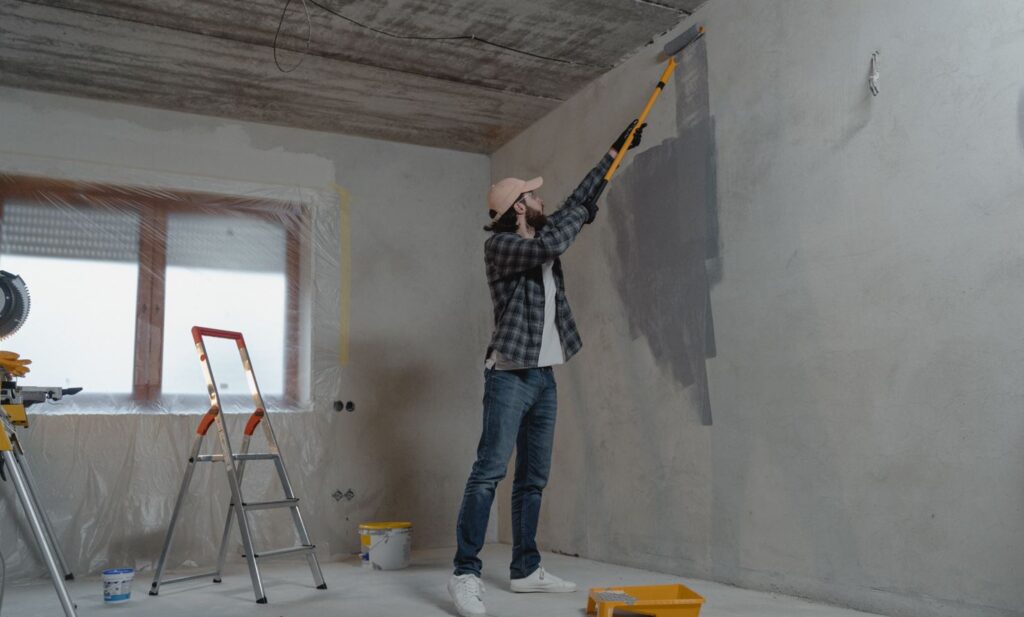
The Benefits Of Venetian Plastering
Plastering with a Venetian style offers several advantages in comparison to other types of wall finishes. Among the many benefits are the ones listed below.
Durability
Plastering in the Venetian style has a long lifespan because of its high quality. The durability and resilience of Venetian plaster ensure that it will last for generations. If you use Venetian plaster properly, it won't need touching up for decades.
The composition of Venetian plaster is what gives it its longevity. Lime plaster and marble dust are combined to form Venetian plaster, a robust and long-lasting material. In addition, the scratch- and damage-proof surface is produced by the burnishing technique used to complete the plaster.
Aesthetics
The distinctive and exquisite beauty of Venetian plasterwork is well-known. First, plaster is applied in multiple layers, and then the surface is burnished to create a smooth, textured finish characteristic of Venetian plaster.
Venetian plastering has a unique aesthetic because of natural materials like lime plaster and marble dust. Lime plaster gives the plaster a smooth, velvety texture, while marble dust adds a subtle sheen and depth.
Ease Of Maintenance
Walls plastered in the classic Venetian style are not only aesthetically pleasing but also low-maintenance. Plaster's high resistance to water and stains makes it a useful material for high-traffic areas like kitchens and bathrooms.
Plaster made in the Venetian style is easy to clean. To keep the surface looking fresh and clean, all that is usually required is the occasional use of a soft cloth and some mild soap and water.
Small amounts of plaster and some sandpaper can fix any damage or scratches in the plaster. Because of this, it's a better choice than other wall finishes, which may need costly repairs or frequent replacement.
It's worth noting, though, that Venetian plaster is porous, so it's vulnerable to damage from harsh chemicals and abrasive cleaners. Avoid these cleaning methods and consult a specialist if you have any questions or concerns about maintaining your Venetian plaster walls.
Eco-Friendliness
Plastering walls in the Venetian style is an attractive and eco-friendly choice. The eco-friendly and non-toxic plaster is crafted from ingredients like lime and marble dust.
Venetian plaster doesn't off-gas any potentially toxic materials or volatile organic compounds because it's made entirely from natural ingredients. This makes it a more secure and healthier choice for residential and commercial structures.
Property Value Increase
The beauty, longevity, and one-of-a-kind texture of Venetian plastering make it a great investment. It's a stylish way to finish a wall, making any room feel more opulent.
The elegant look of Venetian plaster makes it a popular choice for upscale residential and commercial applications like five-star hotels and fine dining establishments. The area's aesthetic value is enhanced as a result as well, which is great news for anyone hoping to sell or lease the place.
Maintenance And Care Of Venetian Plaster
Plaster from Venice is renowned for its longevity as well as its low maintenance requirements. It will need regular cleaning, though, to keep that elegant look and keep it lasting as long as possible.
The qualities of the surface dictate the methods that must be used for maintaining and cleaning a Venetian plaster. For example, depending on the type of finishing used, it could not be cleaned in a washing machine. However, surfaces that have been burnished with wax and polish are waterproof, and as a result, we can clean them with water and pH-neutral products.
Common Mistakes To Avoid
Plastering in the Venetian style can make a lovely addition to any home. However, there are a few blunders you should try to avoid if you want the project to be a success. The following are some common errors that should be avoided:
Using The Incorrect Tools
When applying Venetian plaster, achieving a satisfactory result can be challenging if one does not use the appropriate tools. Therefore, it is essential to make a financial investment in the appropriate tools, such as a trowel made of stainless steel, a burnishing tool, and paint brushes or rollers of high quality for the application of sealer.
Skipping Basecoat
If you skip the base coat, you may end up with an excessively porous and absorbent surface, making it difficult to achieve the finish you desire. Before applying Venetian plaster, a base coat of plaster that is consistently thin and even should always be applied.
Skipping The Protective Sealer
If you skip applying the protective sealer, the surface you're working on may become susceptible to scuffs, stains, and damage caused by moisture. Always use a protective sealer to ensure that the Venetian plaster will last for its intended amount of time.
Using Too Much Thickness
If you apply Venetian plaster in a too-thick layer, the finished surface may be rough and uneven, making it difficult to burnish. Therefore, it is essential to apply the substance in uniformly thin layers and to wait until each layer has completely dried before adding a new one.
Over-Burnishing The Surface
Overburning the surface can result in a surface that needs to be more shiny and reflective, detracting from the natural beauty of the Venetian plaster. Therefore, it's important to use a gentle circular motion when burning and to stop once a soft, satin-like sheen is achieved.
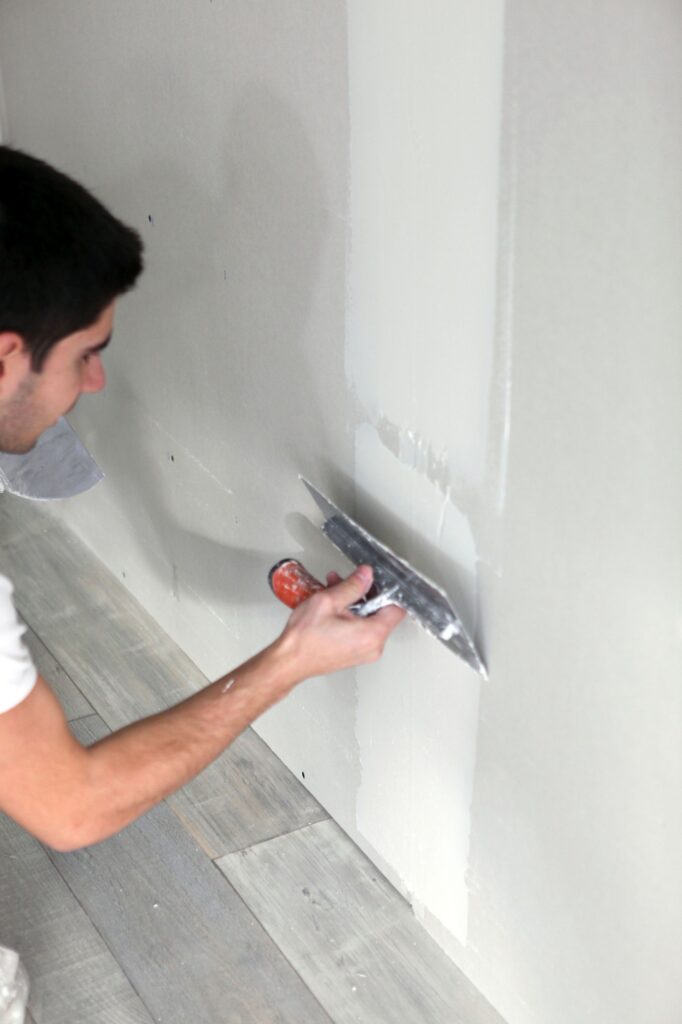
Conclusion
Lime plaster, commonly formed by combining lime, sand, and water, is adaptable in that it can give walls a smooth or textured appearance. However, Venetian plaster is made by combining slaked lime, marble dust, and water to make a glossy, smooth substance. of contrast to the standard plaster recipe of lime, sand, and water, the ingredients of Venetian plaster are more exotic.
Polished plaster, textured plaster, marmorino, travertine, and stucco are just few of the many Venetian plaster treatments available. The durability and easy maintenance of polished plaster make it a popular choice for both commercial and residential construction. Due to its longevity and resistance to scratches, textured plaster is a popular choice for high-traffic areas. Marmorino is a marble dust, crushed marble, and slaked lime textured finish used in armour. Slaked lime and travertine powder give travertine its distinctive earthy, rustic look. Stucco is an old-fashioned Venetian exterior plastering technique that consists of slaked lime, sand, and water.
The use of Venetian plaster has many advantages, such as its longevity, beauty, low maintenance requirements, eco-friendliness, increased property value, and ease of upkeep. A damp cloth with some gentle soap and water will do the trick, and if any damage should occur, a dab of plaster and some sandpaper will do the trick for repairs. The porous nature of Venetian plaster, however, makes it susceptible to damage from abrasive cleansers and strong chemicals.
Finally, if you're looking to spruce up your home's interior design in a creative and affordable way, consider Venetian plastering. Its distinctive feel, durability, and aesthetics make it a favourite for high-end home and business furnishings. Depending on the surface's characteristics, several cleaning methods may be necessary for Venetian plaster. Cleaning using water and pH-neutral solutions is effective, but many people make the blunders of using the wrong equipment, not adding a basecoat or a protective sealer, applying too much thickness, or over-burning the surface. Use high-quality equipment, apply a thin base layer, and seal the Venetian plaster to prevent damage.
Try not to apply the plaster in thin, even coats, waiting for each coat to dry before adding the next. Use light, circular strokes to avoid overburning the surface, and stop when the plaster has a soft, satiny finish.
Content Summary
- Venetian plastering is a decorative plastering technique that has been practiced in Italy for centuries.
- It adds a touch of class and elegance to home decor.
- Venetian plaster is made by combining slaked lime, marble dust, and water.
- Multiple thin coats of the plaster mixture are applied to walls and polished to create a glossy finish.
- The primary distinction between regular plaster and Venetian plaster is the use of marble dust and slaked lime in the latter.
- Venetian plaster requires multiple thin layers and a polished finish, unlike traditional plaster.
- There are different types of Venetian plaster finishes, including polished plaster, textured plaster, marmorino, travertine, and stucco.
- Polished plaster has a polished, marble-like finish and is popular for its longevity and low maintenance requirements.
- Textured plaster has a distinct feel and can be painted in various colors or patterns.
- Marmorino is known for its textured finish and resistance to cracking, making it suitable for high-traffic areas.
- Travertine has an earthy, rustic appeal and is frequently used in wet environments like bathrooms.
- Stucco is a traditional form of Venetian plastering that creates a layered, textured appearance and is durable against the elements.
- Venetian plastering offers several benefits, including durability and resilience.
- The composition of Venetian plaster contributes to its longevity, and it requires minimal touch-ups for decades.
- Venetian plaster has a unique aesthetic with a smooth, textured finish and a subtle sheen.
- It is easy to maintain and clean, making it suitable for high-traffic areas like kitchens and bathrooms.
- Minor damage or scratches can be easily fixed with small amounts of plaster and sandpaper.
- Venetian plastering is eco-friendly as it is made from natural ingredients like lime and marble dust.
- It does not release any toxic materials or volatile organic compounds.
- Venetian plastering enhances the value of a property due to its beauty, longevity, and unique texture.
- It is a popular choice for upscale residential and commercial applications.
- Regular cleaning is necessary to maintain the elegant look and prolong the lifespan of Venetian plaster.
- The cleaning methods depend on the type of finishing used, and some surfaces can be cleaned with water and pH-neutral products.
- Using the correct tools, such as stainless steel trowels and high-quality brushes, is crucial for a satisfactory result.
- Applying a base coat of plaster before Venetian plastering ensures a consistent and even surface.
- Skipping the protective sealer can make the surface susceptible to scuffs, stains, and moisture damage.
- Applying Venetian plaster in thin layers is essential to avoid a rough and uneven finish.
- Over-burnishing the surface can detract from the natural beauty of Venetian plaster, so a gentle circular motion should be used.
- Venetian plastering can add value and sophistication to any home.
- It is a versatile technique that allows for various finishes and design possibilities.
- The use of marble dust and lime plaster gives Venetian plaster a unique texture and sheen.
- Venetian plaster is a popular choice for commercial buildings due to its durability and low maintenance requirements.
- Different colors and patterns can be incorporated into Venetian plaster to match any aesthetic.
- The burnishing technique used in Venetian plaster creates a smooth and polished surface.
- Venetian plaster is resistant to water and stains, making it suitable for areas prone to moisture.
- The longevity of Venetian plaster ensures that it will last for generations with proper maintenance.
- The application of Venetian plaster requires skill and attention to detail.
- Venetian plastering can transform the appearance of a room and create a luxurious atmosphere.
- The use of natural ingredients in Venetian plaster makes it a healthier and safer choice for homes.
- Venetian plaster is a sustainable option, as it is made from environmentally friendly materials.
- Venetian plastering is often considered a more upscale and expensive alternative to standard plaster.
- It is a versatile technique that can be used on both interior walls and exterior surfaces.
- Venetian plastering can be customized to suit individual preferences and design styles.
- The application of Venetian plaster requires precision and patience.
- Venetian plaster is a timeless and classic choice for wall finishes.
- It adds depth and texture to any space, creating visual interest.
- Venetian plaster can be used to highlight architectural features and accentuate the beauty of a room.
- Proper preparation and surface priming are essential before applying Venetian plaster.
- Venetian plastering can be a DIY project, but professional assistance is recommended for best results.
- Venetian plastering is a popular choice among interior designers and homeowners looking for a luxurious and sophisticated finish.
Frequently Asked Questions About Venetian Plaster
Venetian plaster is more likely to crack in older homes with movement or subsidence, especially where the product was applied several decades before. Some of the most common factors that can cause Venetian plaster to crack include Continuous high winds. External vibrations.
Venetian plaster is exceptionally durable and will last for a long time with just two coats. If you apply a third plaster coat, use the same technique as the second. Start from the corner and work your way inwards. Venetian plaster can be polished by hand or by machine.
Venetian plaster can be used in a bathroom, but it is not waterproof; therefore, be careful where you apply it. However, it is good at resisting mildew and condensation as the lime in this natural product allows the walls to ‘breathe’, is naturally antibacterial and is a natural mould killer.
Venetian plaster is exceptionally durable and known to outlive any painted finish by many years. Cleaning couldn’t be easier; a wipe-over with a damp cloth and mild soap will do the job (tip: never use harsh cleaning products or bleach, as these can damage the surface of these specialist plasters).
Venetian plastering can be applied to many different surfaces, including drywall, plasterboard, concrete, and even wood. However, it is important to ensure that the surface is properly prepared and primed before applying Venetian plaster to ensure the best adhesion and finish. Additionally, some surfaces may require special preparation or treatment before Venetian plaster can be applied, so it is best to consult a professional if you are unsure whether Venetian plaster is appropriate for your surface.

